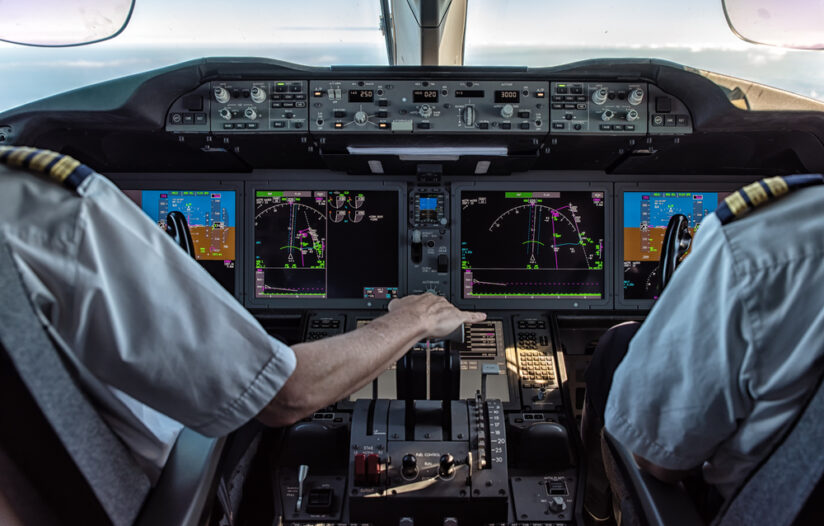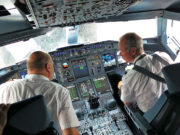
Image: Atosan / shutterstock
Flight Ops, Human Factors, News, Opinion
Opinion: Proactive conflict management can help resolve differences between older business aviation pilots and their younger colleagues and establish a more collaborative cockpit.
by Raul Bonadia Rodrigues | May 27, 2025

Flight Training, Opinion, President's Message
Opinion: Constant turnover complicates standardization of instruction.
by Raul Bonadia Rodrigues

Accident Investigation, Flight Ops, Human Factors, News
The pilot of a Cessna U206 that crashed during a sightseeing flight, killing a passenger,…
by Linda Werfelman

Advanced software systems are not only making cockpits more intuitive but also enhancing safety.
by Mario Pierobon